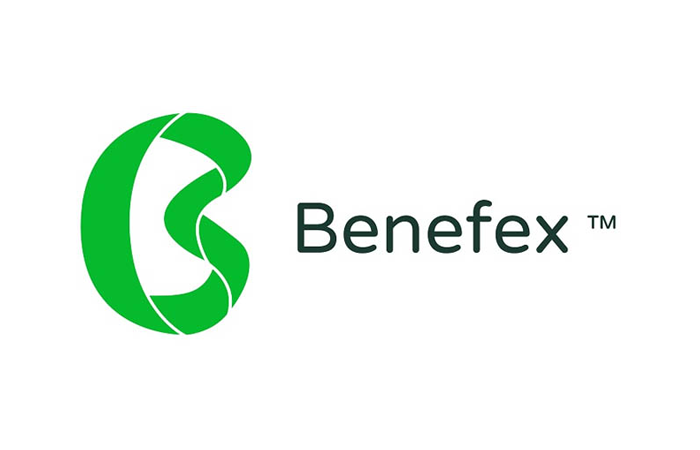
Lorelei Bowman
Total Reward Statements are a unique tool to increase advocacy, engage employees and show an employer’s active investment in their people. They’re able to represent the otherwise-missed perks and convey an employee’s entire compensation. So, why is engagement with TRS slipping?
Bringing TRS into the future
In 2019, the workplace is propelled by employees who are digital natives, passionate about CSR, and accustomed to consumer culture – and this isn’t just your millennial employees; in fact, your older workers want just the same things as younger ones. Understandably, this tech-savvy, socially-conscious workforce aren’t engaging in the same ways as they once did.
Research shows the future workforce are inherently distrustful of big businesses – to such a sceptical demographic, Total Reward Statements can be interpreted as self-indulgent or corporate promotion. But that doesn’t mean it’s time to leave TRS behind – far from it – Total Reward Statements can be utilised to show real business transparency and a complete overview of what people get from their employer.
Perhaps, rather than ditching TRS for good, instead, it’s simply time for a facelift…
1. Use a monetary comparison Most TRS focus on the main parts of an employee’s compensation: their pay-packet, their benefits and their pension. But these are things employees know they should receive, these are things that are standard and expected. One bonus of TRS is that is helps employees see things in one place, and it does the complex calculations for them.
But, what about the little costs? The things that your people would have to pay for themselves elsewhere but get as part of their compensation with your company. As small as it may be, list out all the work perks (e.g. free coffee and tea, parking, eye tests, breakfast for big meetings, holiday allowance…) While these offerings will differ for every organisation, presenting these with a monetary value goes a long way to show employees the little extras you’re adding to their experience.
2. Present more visually
Your current workforce won’t read a Total Reward Statement that is five pages long. They’re too busy being fantastic and productive, so reading their TRS might not be top of the ‘to do’ list. If you’re going to invest in TRS, you have to make it interesting to read. Consider switching up the style of your TRS to make it more visual. Make your TRS something fun and quick to read; that employees can glance at on the commute and see the key takeaways; something that they want to look at on their lunch break. Whether this is through introducing new iconography, presenting as an infographic, or something else – switching up the appearance will help employees look forward to receiving that email and give them the time to actually engage.
3. Make it interactive
There’s nothing less interesting than a long numerical table with your company logo in the corner. If you want to modernise your TRS and engage your people, perhaps it’s time to drop the old layout and consider a new format. Presenting yours in a more creative format – such as a video, slide deck, email button or GIFs – encourages employees to engage on a more interactive, digital level and will result in higher engagement. While individual Total Reward Statements are personalised for each employee, meaning this level of interactivity may be an administrative challenge, employers can still include a
more creative aspect which details the company-wide TRS elements or introduces this month’s statement, followed by the standardised auto-generated TRS for each individual.
4. Experiment with delivery
Traditionally, TRS have been delivered online, via email, or offline as a physical copy. To get higher engagement, you need to give people as many viewing options as possible, and make the user experience quick and intuitive. Current employees need the instantaneousness and innovation of modern technology – whether this is a phone notification, an email with video embedded and a link to download, or a unique take on physical TRS, employers need to think outside the box. Ultimately, if the delivery of your TRS isn’t interesting, it doesn’t matter how important or creative the TRS is, it won’t get read. You know your people best, so consider their lifestyles, working patterns and roles, then mix up how you distribute your statements – and don’t be afraid to keep trying different methods until you find one that sticks!
5. Try a new perspective
Total Reward Statements are an extension of your company culture and HR department – make sure they convey this. The amount of customisation possible within a TRS is one of its greatest assets. Why not customise yours by introducing new fields to show employees a different side of the company? Instead of simply showing how much money you pay for them, why not show how much you invest in their workspace or the community? Give a figure for how much money was donated to your charity; how many kilos of office waste was recycled; how much coffee the office went through etc. By taking a more humanitarian, personalised approach to TRS, your people can engage with the business on a different level, and they’re reminded how they are connected to (and paid by!) a company they are culturally aligned to.
Final thoughts
Whatever techniques you enlist to revamp your Total Reward Statements, they’re a powerful tool to convey the true value you offer to all employees. Whether they’re figuring our their first proper pay check, budgeting for a holiday, or even looking to retire; it’s always useful for everyone to get the full picture of their Total Reward. Angle your TRS the right way, reflecting your organisation’s culture and values, and you can engage not just your employees, but the company advocates within them.